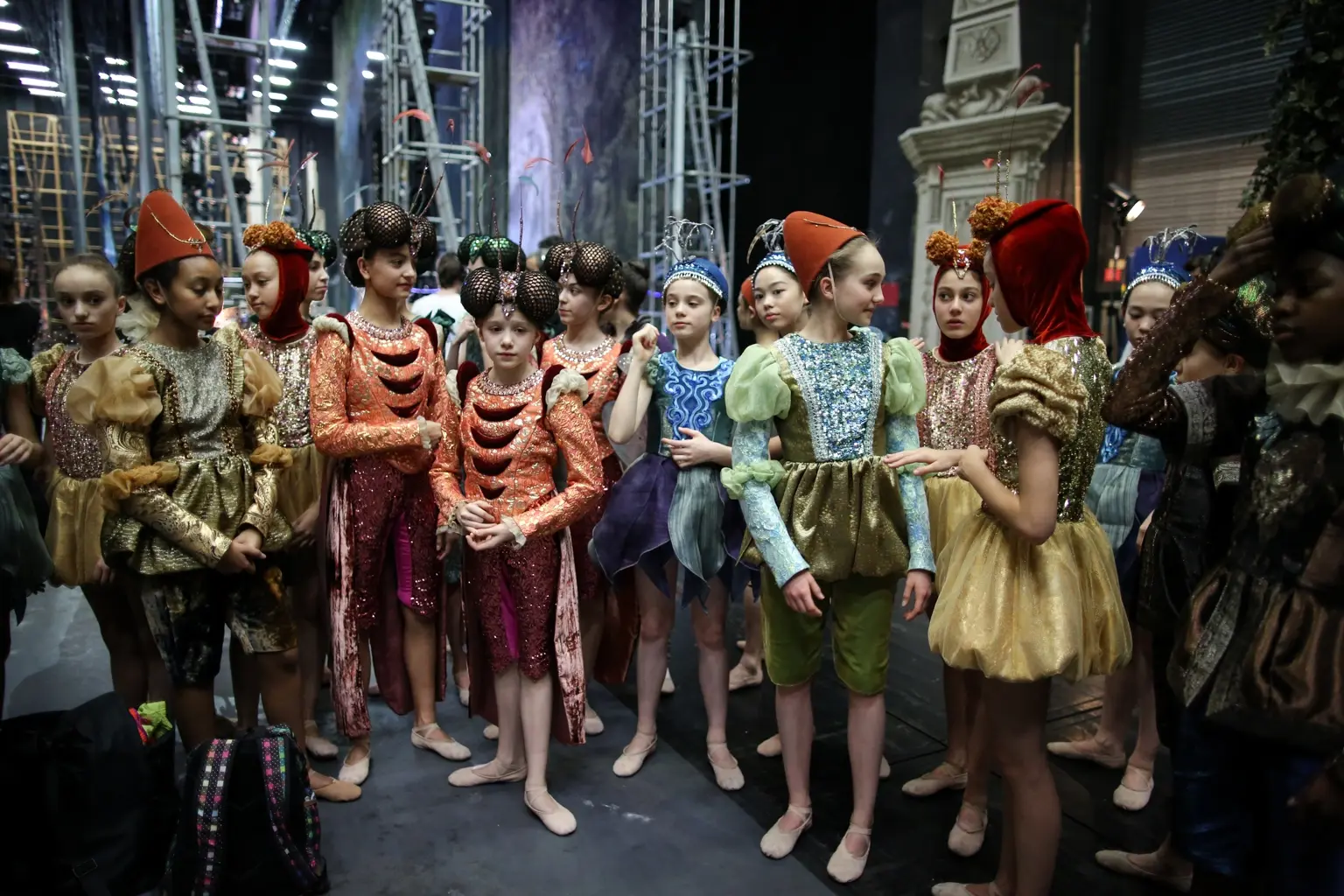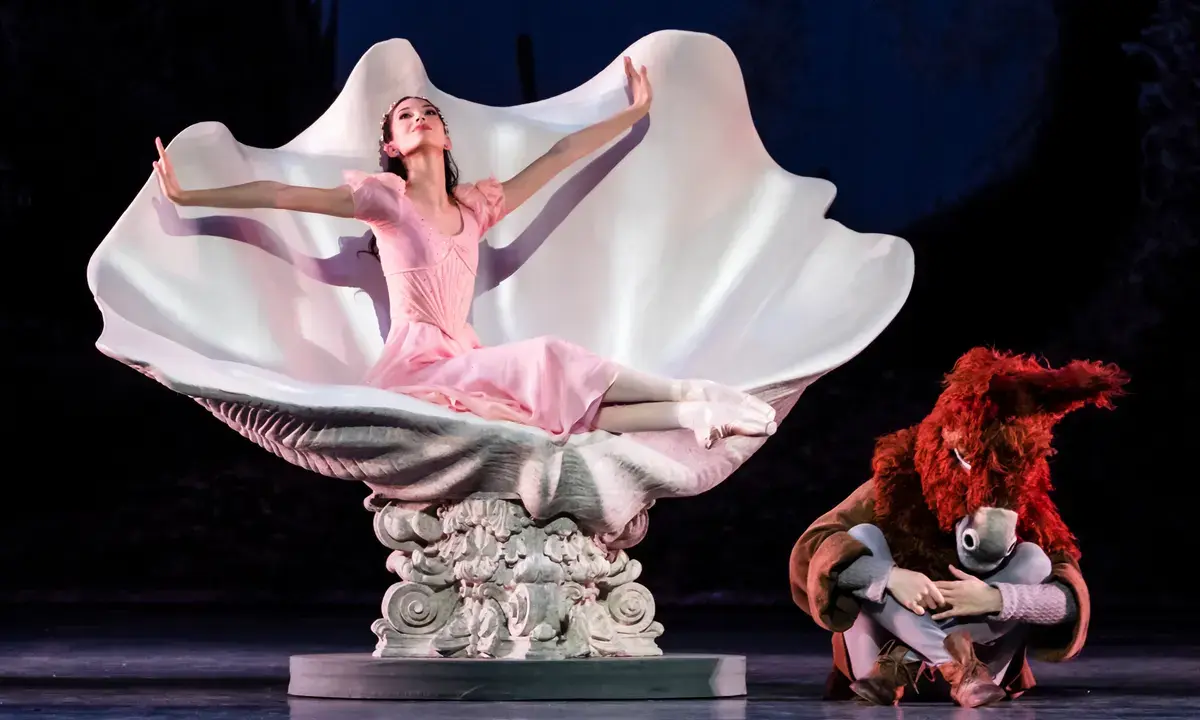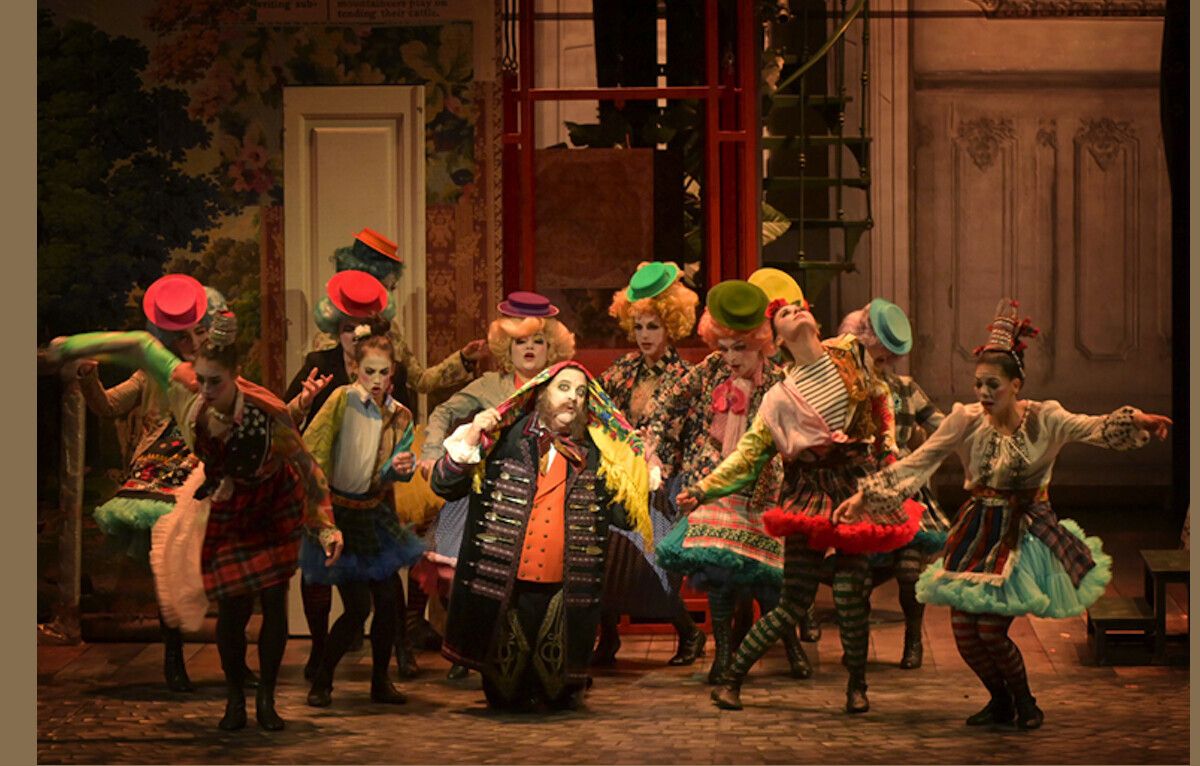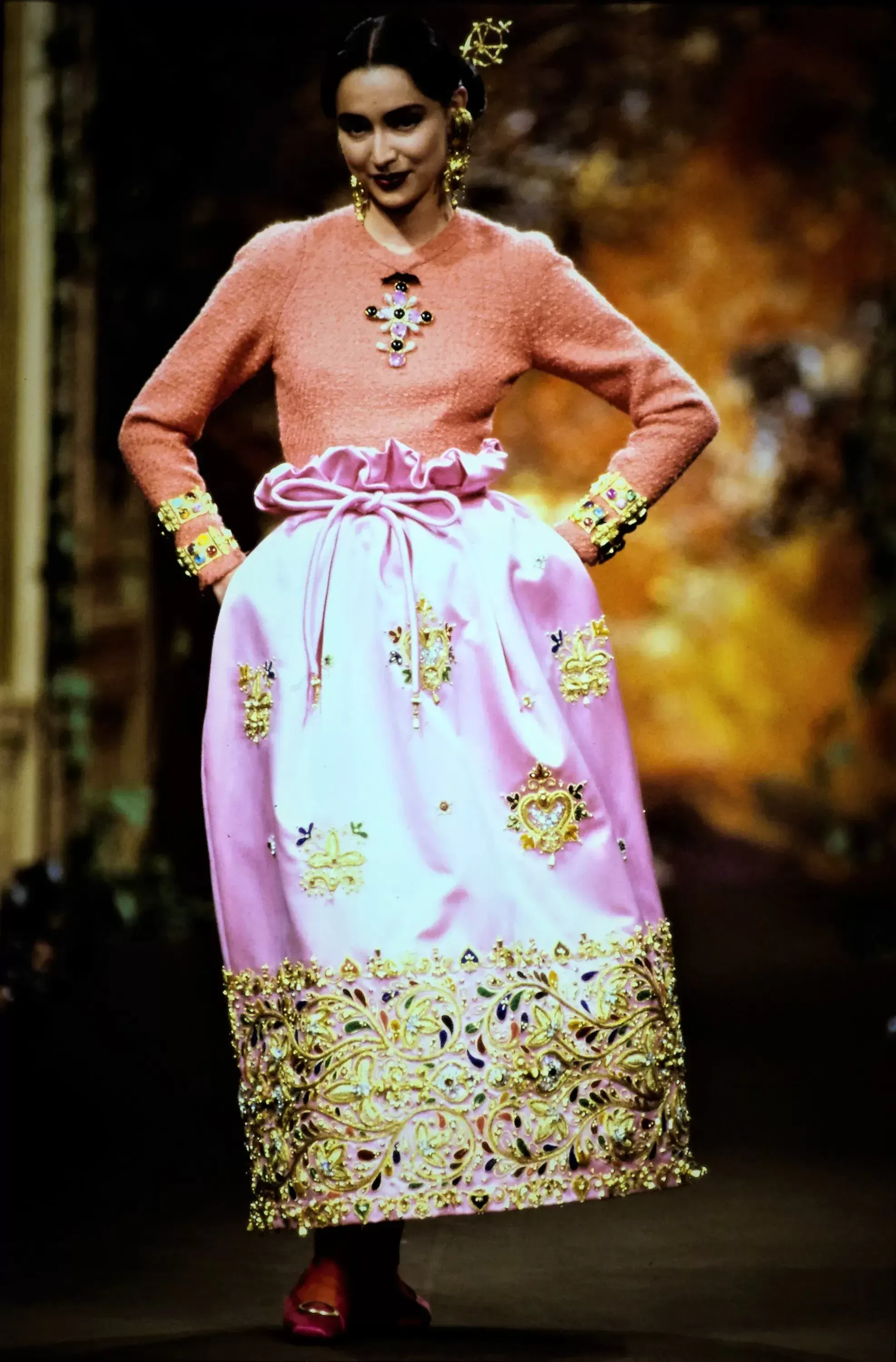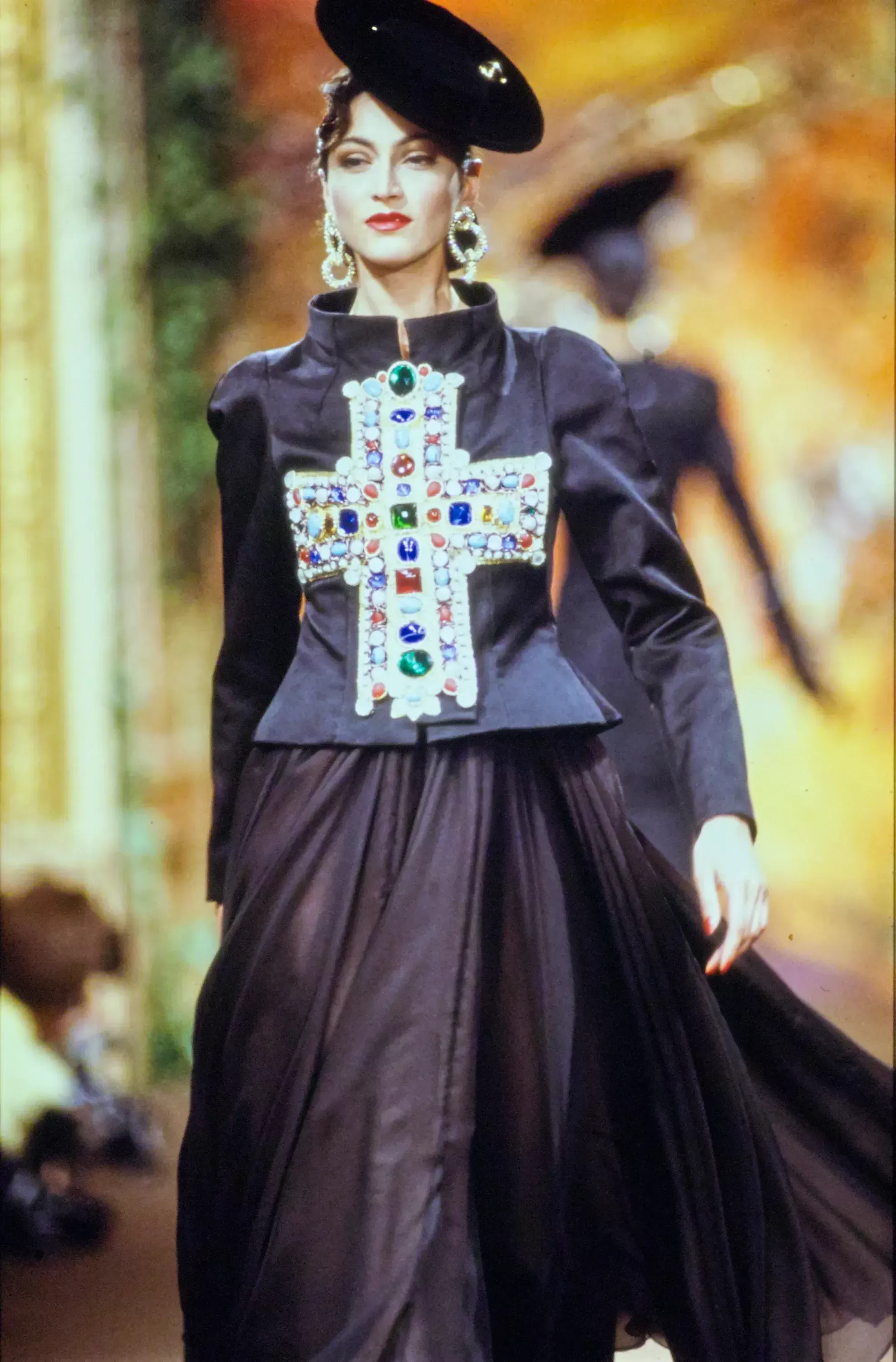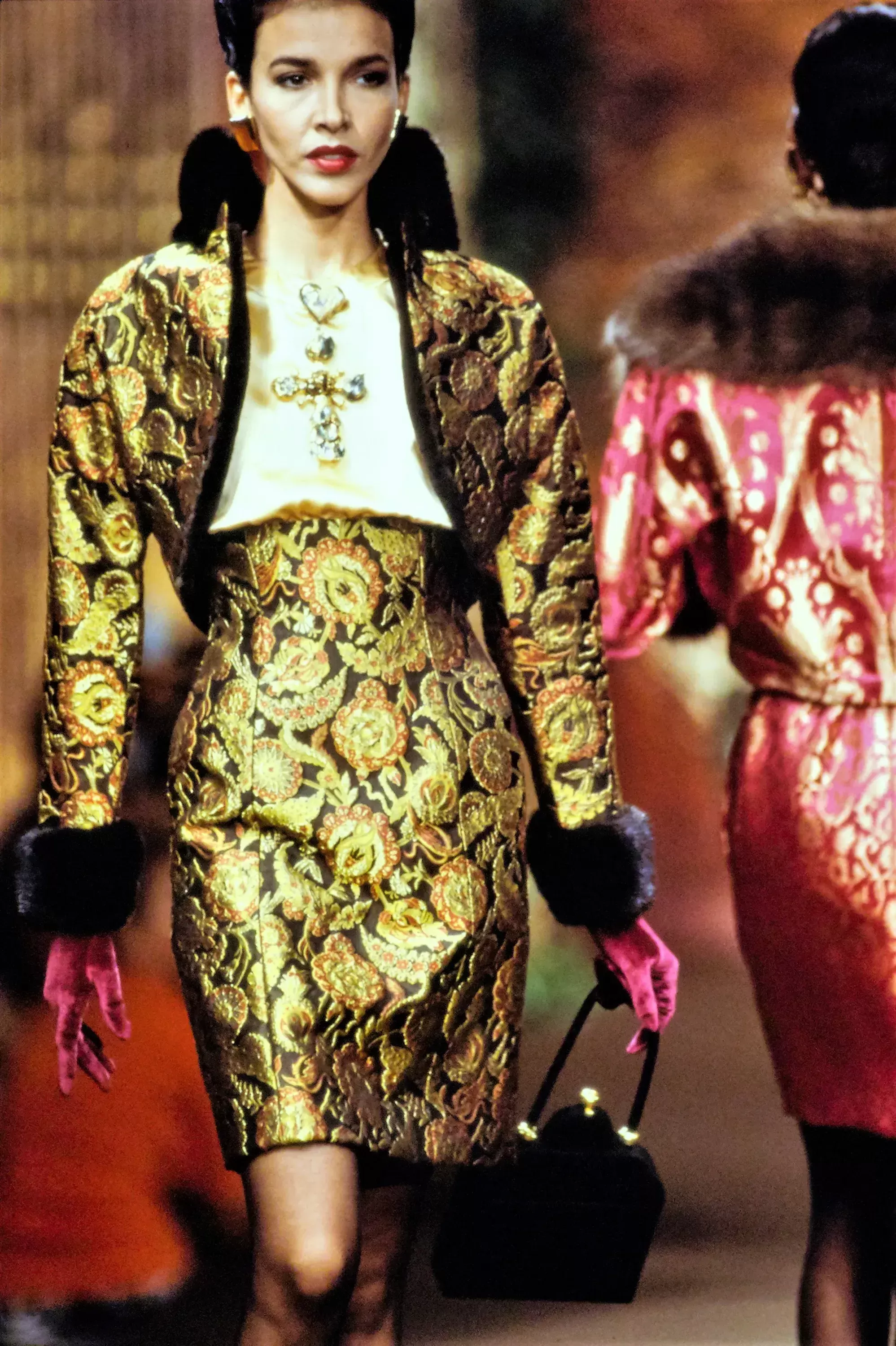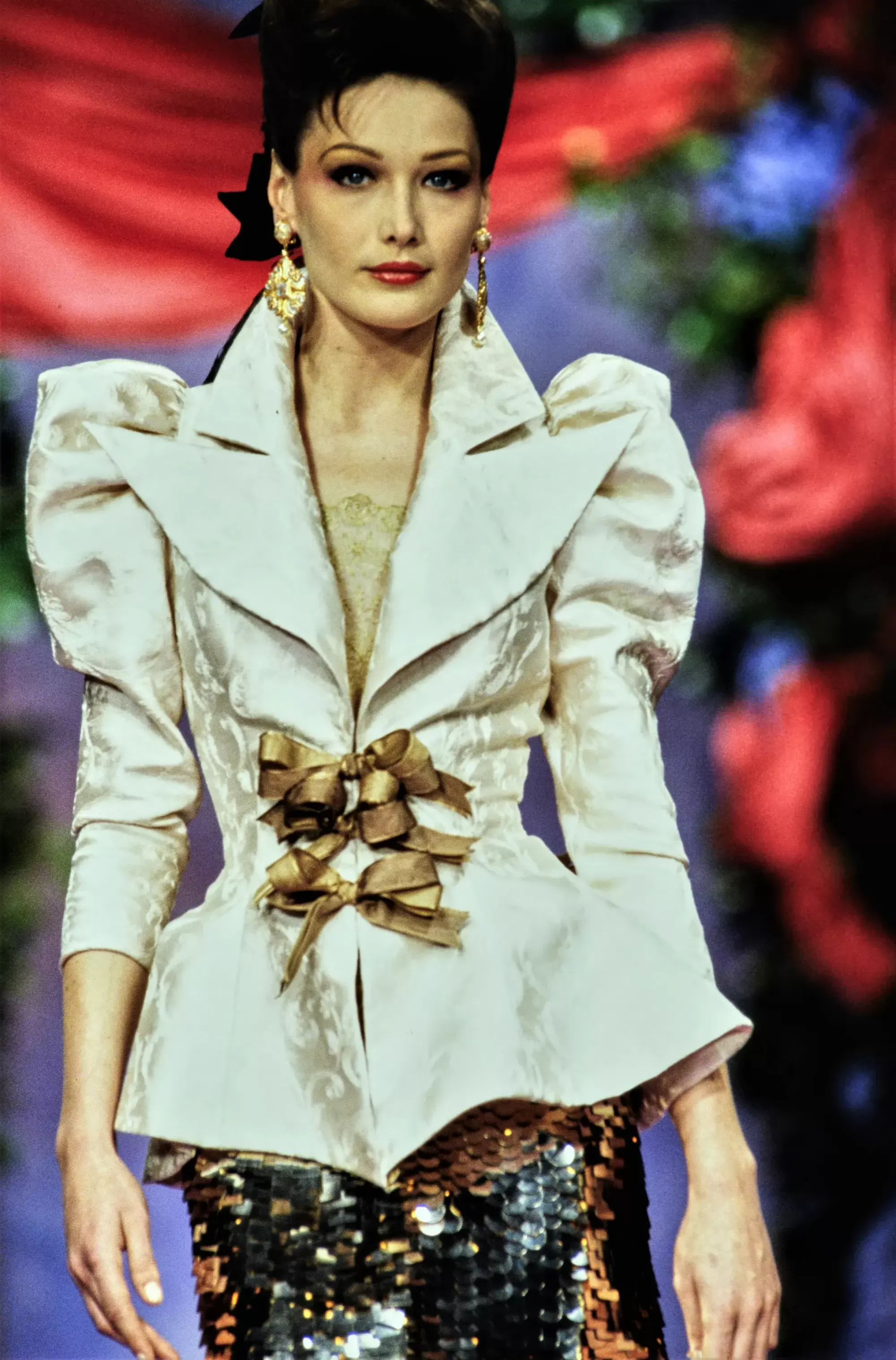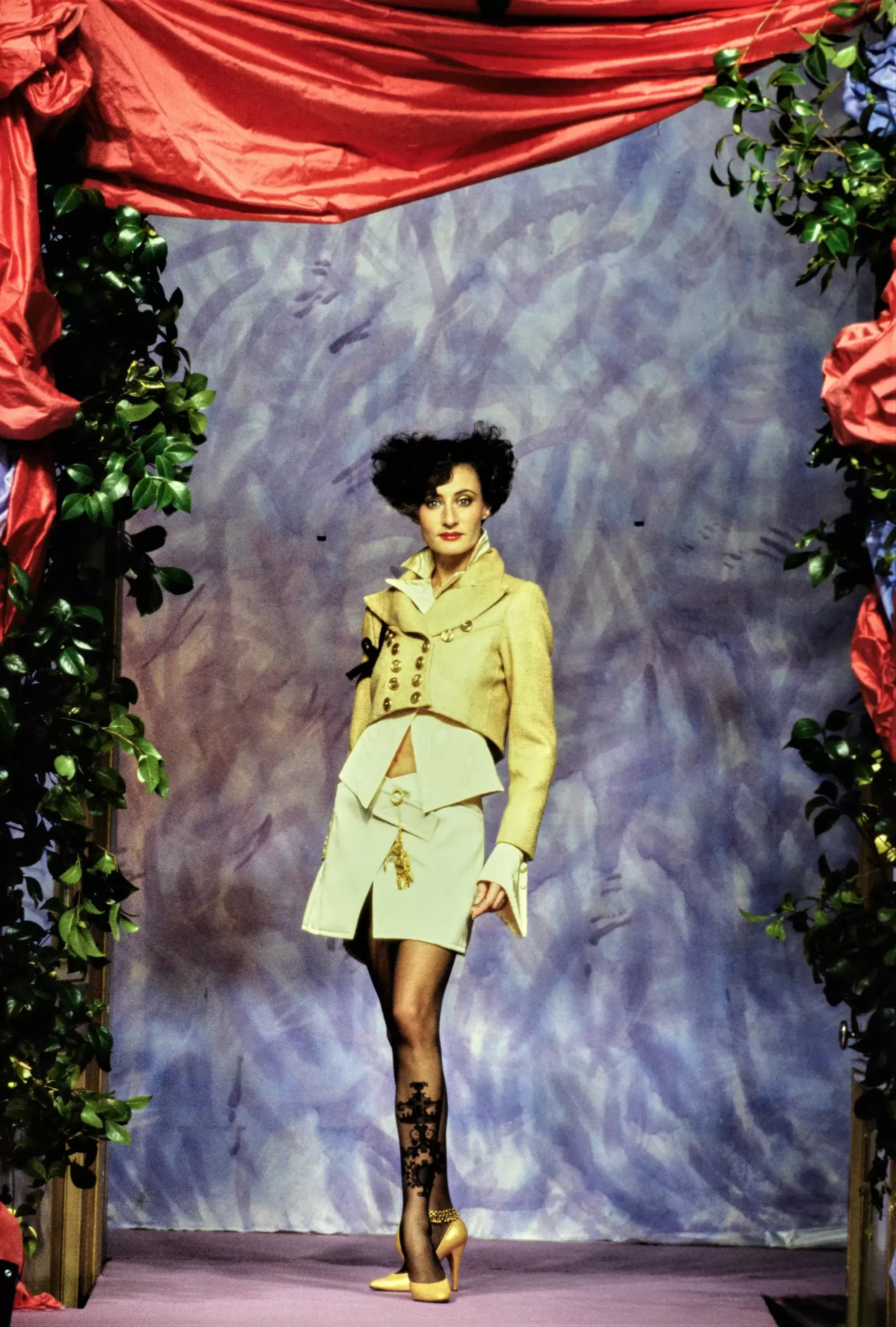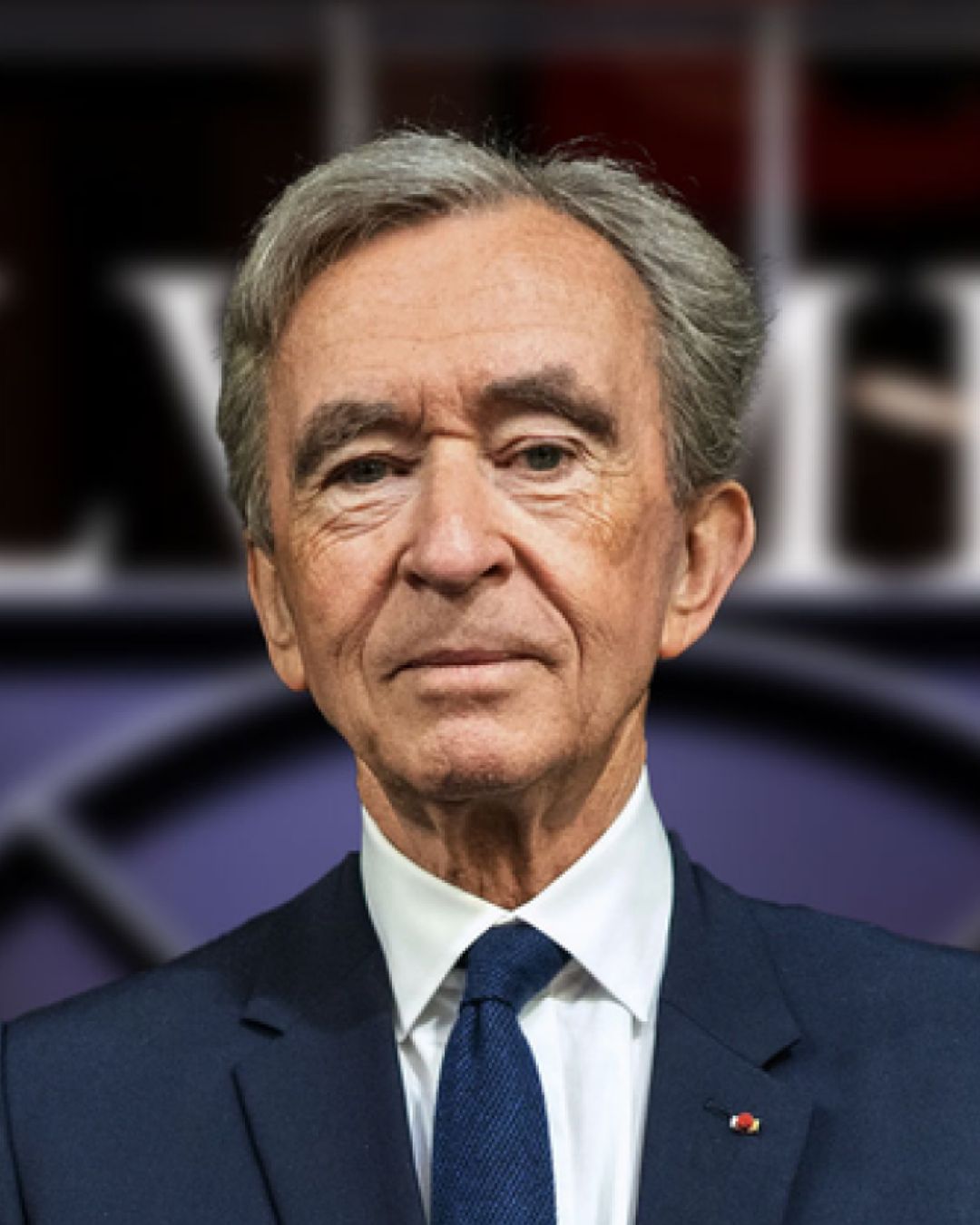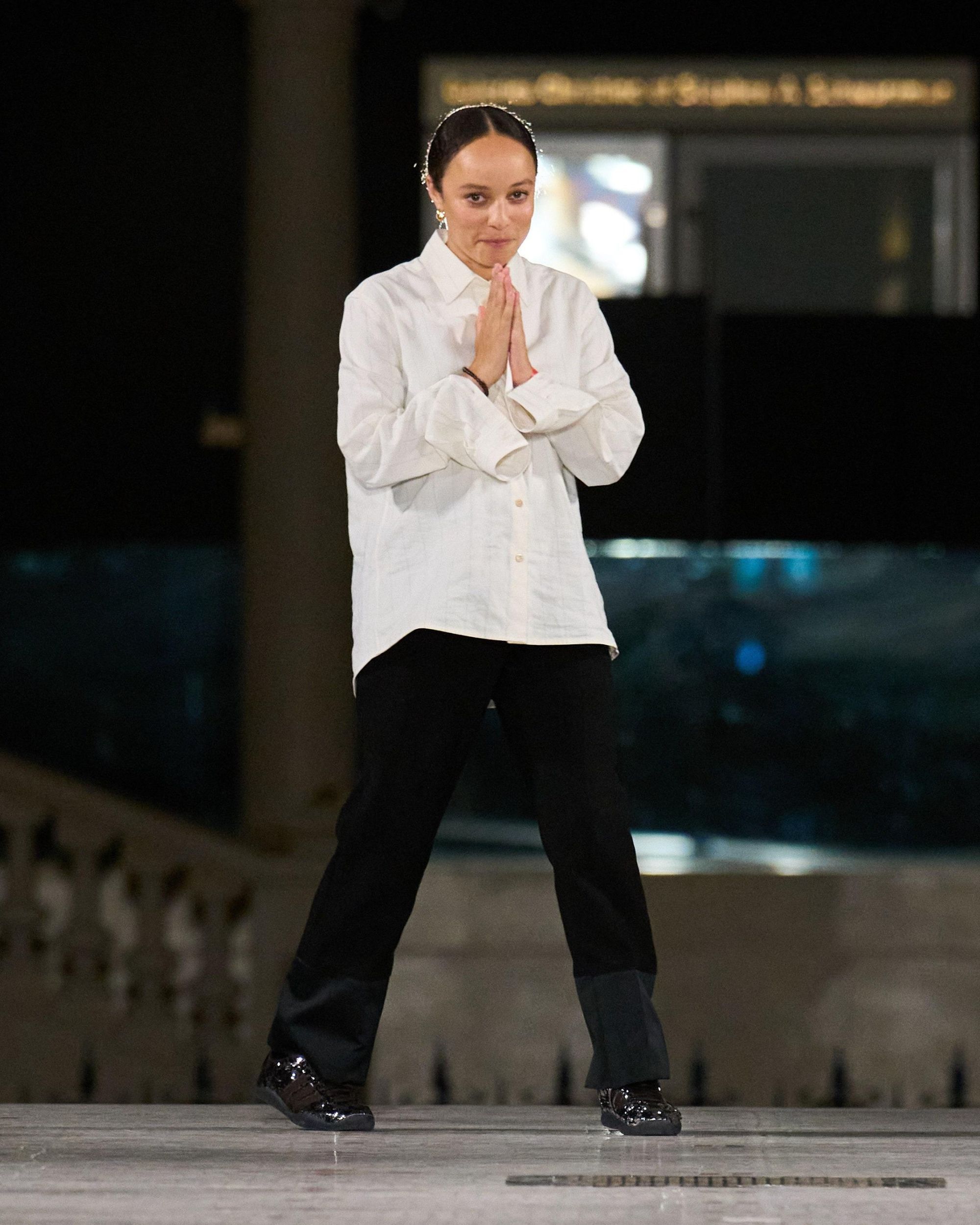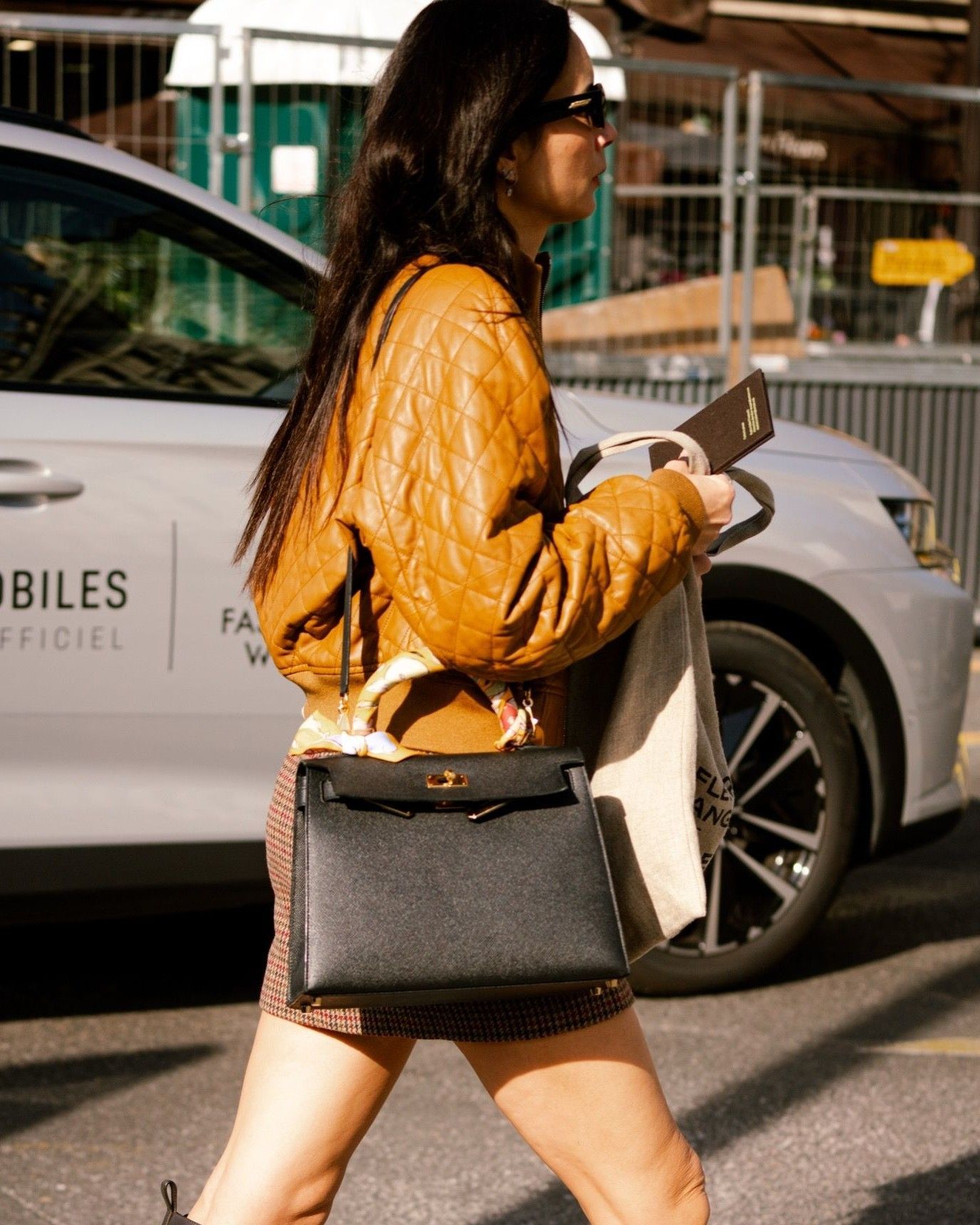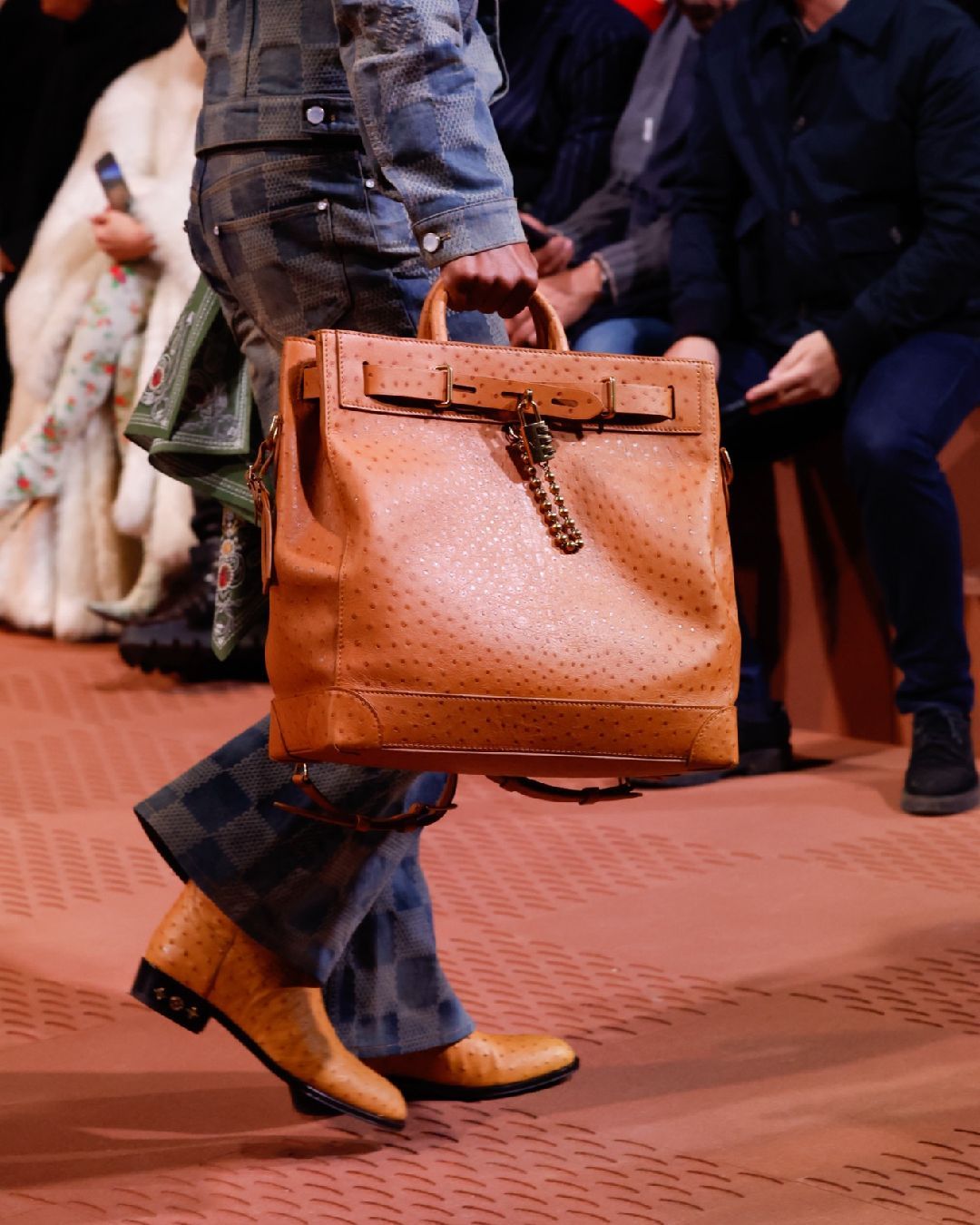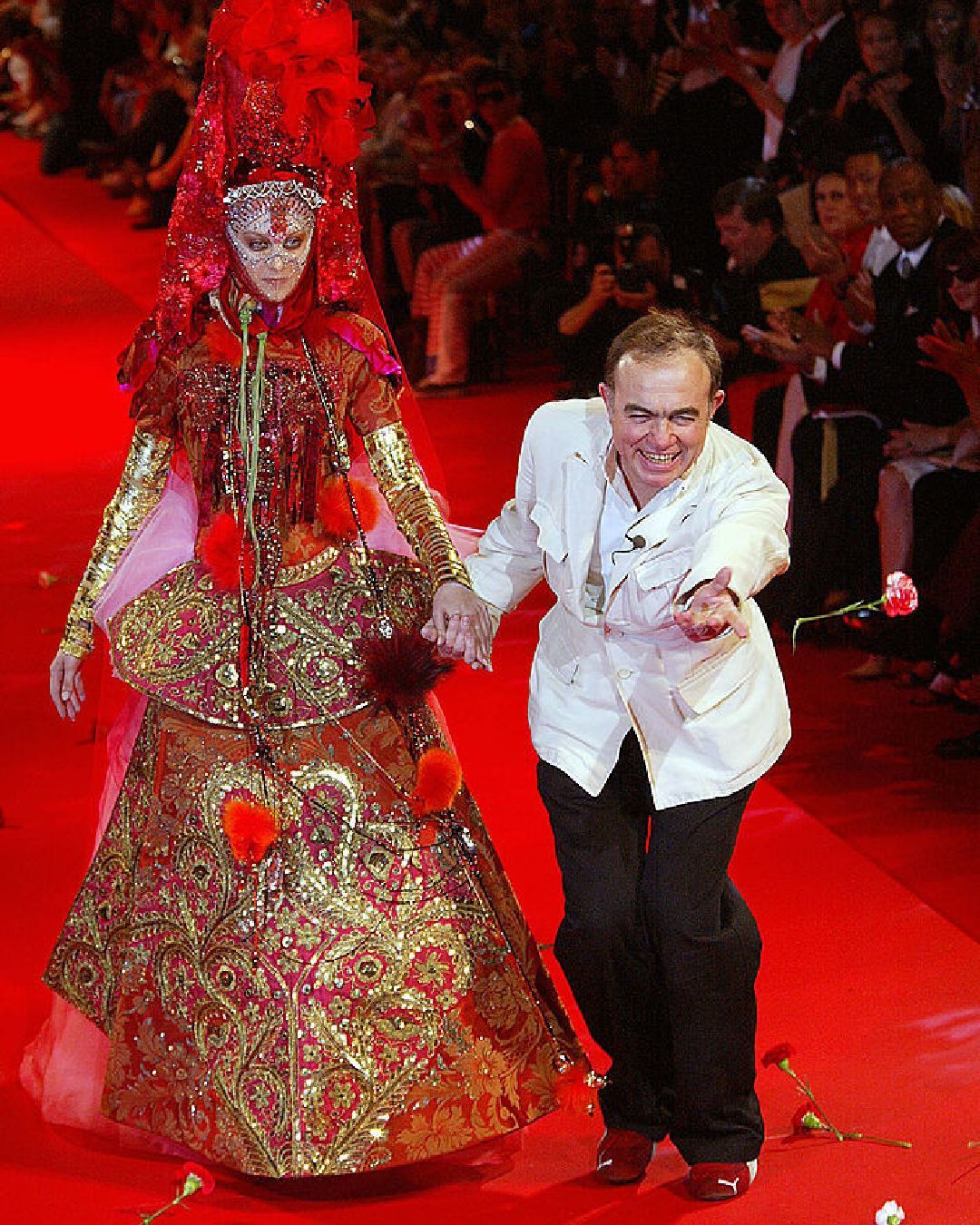
The cultured and pop maximalism of Christian Lacroix The impact of Lacroix's work cannot be forgotten as the history of fashion and contemporary
The masters of haute couture are undoubtedly the cornerstones of contemporary fashion, as proven by great names from the past such as Cristóbal Balenciaga, Christian Dior, Elsa Schiaparelli, Hubert de Givenchy and Yves Saint Laurent, to name just a few incredibly significant examples. If we take a few steps forward in time and look at another generation of designers a little closer to the present, one cannot help but point to a creative like Christian Lacroix. Born in the south of France, Lacroix initially took a very different path to the one most are familiar with, focusing first on art history and then on working as a museum curator. This first formative moment, however, is certainly a cornerstone of the fashion designer's aesthetic given the myriad references throughout his long career that not only concerned his home country but also served as a veritable art catalogue. Thank you to his wife's advice to meet Pierre Bergé (Yves Saint Laurent's partner in life and work) and Karl Lagerfeld, Lacroix's creative path took a different turn, as the two encouraged him to try his hand at design. So Lacroix started working first at Hermès and then at Jean Patou, for whom he would become creative director from 1981.
A few years later, in 1987, he founded his eponymous house and was finally able to live out the melting pot of references that have always defined his style. Among them, the past certainly stands out, which Lacroix has always been obsessed with, also - and perhaps above all - because of his birthplace in Provence, a land where Mediterranean folklore on the one hand and the architecture of the Roman Empire on the other collide. So, with this historical starting point, it was almost inevitable to give a lot of space to the past in his work, channelling not only what could relate to France, but also a whole range of quotations such as the Middle Ages, the Victorian era, Wallis Simpson, Cecil Beaton's costumes for My Fair Lady worn by Audrey Hepburn, Fellini, but also more 'pop' themes such as Mickey Mouse and Lady Diana. All taken to extremes, dressed in a luxurious and almost regal aura, rich and maximalist, very much in the spirit of the 1980s, the era that consecrated him.
Fashion shows like the Haute Couture Autumn/Winter 1987-88 defined his aesthetic and taste, which was certainly based on the motto 'more is more', but also, as we said, on the mixing of the most diverse sources of inspiration, among which 'Southern Europe' certainly played the leading role. It was 1988 when the first cover of Vogue US, drawn by Peter Lindbergh under the direction of Anna Wintour, featured a Lacroix jacket decorated with a huge stone cross. So it was not so far-fetched to see echoes of Spanish traditions alongside Provence, Naples and Sicilian opulence. Folklore and richness, and again and again a pronounced tendency towards horror vacui, in which all the available space - in the garments, of course - becomes the space for a very elegant and colourful hyper-decoratism. The culmination of this style, dedicated to adding detail, is reached with the bride, ever present in Lacroix's shows and the sum of this Mediterranean mix that seems to dress holy priestesses.
More recently, the couturier was then appointed creative director of Pucci from 2002 to 2005, focusing on a "lightened-up" aesthetic, but still à la Lacroix, in keeping with the early 2000s and the Florentine house's signature colour mixes. Since 2009, the designer has relinquished creative direction of his brand to devote himself mainly to the creation of theatrical costumes, often made for the Paris Opera. Another example comes from 2019 with his 'surprise' participation in Dries Van Noten's Spring/Summer 2020 collection, combining his maximalism with the Belgian designer's signature mix of prints. This account of Christian Lacroix's career - which is, of course, only a snippet - shows that although the designer has retired from the fashion world to focus on other projects that are in any case related to it, the influence of his work on other designers such as Versace, Moschino or Alexander McQueen, as well as on new generations, is certainly consolidated and has allowed him to leave a mark that cannot be forgotten, either in the history of fashion or in the present.












































